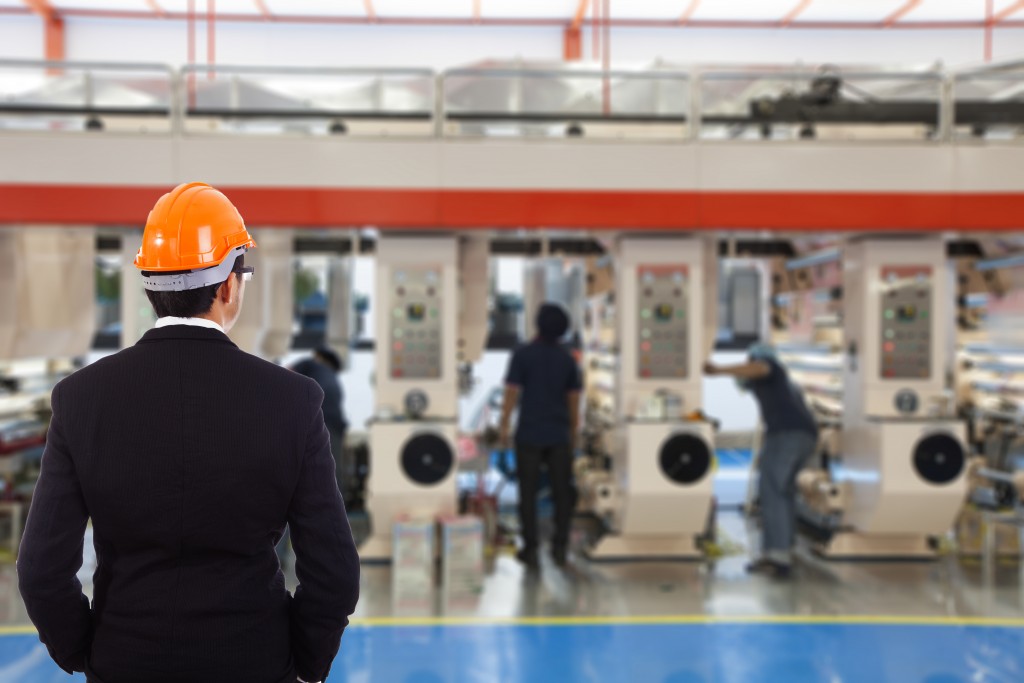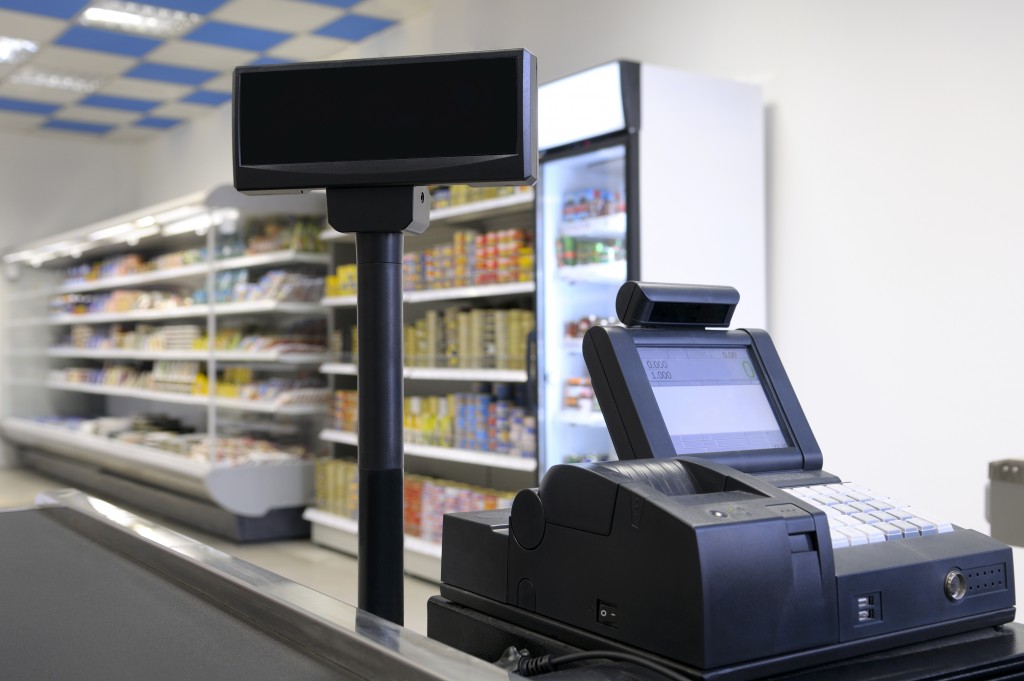- Streamlining the quoting process and incorporating all variables, including hidden costs, ensures more precise project cost estimations and increased profitability.
- Regular analysis of expenses, investment in energy-efficient machinery, and strategic waste management can lead to significant savings in industrial operations.
- Awareness and management of hidden costs such as waste management, environmental impact, and regulatory compliance are crucial for sustained profitability.
- Understanding and applying the concepts of marginal cost and revenue can significantly influence an organization’s profitability and competitiveness.
You’ve likely heard about the visible costs associated with industrial operations – labor, machinery, raw materials – but what about the hidden expenses? These often-overlooked costs can include waste management, environmental impact, and regulatory compliance, and they can significantly affect your bottom line. Understanding these hidden costs and developing strategies for profit maximization is crucial for any successful industrial operation.
Evaluate Direct and Indirect Costs
Delve deeper into understanding the nuances of direct and indirect costs and how they impact the overall expenses in industrial operations. Here are some tips:
Streamline Quoting Processes
Streamlining the quoting process is vital for cost efficiency. A well-optimized quoting system speeds up the bidding process and helps to accurately predict both direct and indirect costs associated with a project. Utilize software solutions designed for industrial operations to calculate costs and generate quotes.
These tools not only save time but also reduce the risk of human error. By incorporating all the variables – including hidden costs such as waste management and regulatory compliance – these systems provide a comprehensive overview of the total project cost.
This allows for more competitive and accurate bidding, ultimately increasing profitability. Remember, an effective quoting process is the first step in managing direct and indirect costs in your industrial operation.
Analyze Expenses for Profitability

Analyzing each expense in your industrial operation provides a clear understanding of where your money is going, aiding in better financial decision-making. For instance, consider investing in energy-efficient machinery which, although might have a higher upfront cost, can significantly decrease long-term energy expenses, thus enhancing profitability.
Similarly, employing waste management strategies that reduce, reuse, or recycle industrial waste can transform what was once considered a ‘hidden cost’ into an avenue for potential savings. Finally, always stay updated on changes in regulatory compliance to avoid costly fines and penalties.
An investment in robust software that keeps track of regulatory changes can prove fruitful. Remember, profitability is not just about increasing revenue, but also about effectively managing and reducing expenses wherever possible.
Identify and Manage Hidden Costs
Identifying and effectively managing hidden costs is a key aspect of maintaining profitability in industrial operations. These costs, often underestimated or overlooked, can include waste management, environmental impacts, and regulatory compliance. Ignorance of these factors can lead to surprisingly high expenses, impacting the overall profitability of the project.
Therefore, it’s crucial to incorporate them during the initial costing or quoting process. Utilize an all-inclusive approach when calculating project costs, considering every potential hidden cost. This method ensures a more accurate quote and helps prevent unexpected expenses.
In addition, continuous monitoring and reviewing of these costs, along with regular assessment of the cost management strategies in place, can lead to considerable savings over time. Be proactive and vigilant in identifying and managing hidden costs to ensure sustained profitability in your industrial operations.
Understand Marginal Cost and Revenue

A fundamental concept in economics and finance, marginal cost and revenue are invaluable tools for decision-making in industrial operations. Marginal cost refers to the change in total cost that arises when the quantity produced changes by one unit. It’s vital to understand that the marginal cost often may not remain constant and can vary based on the output volume.
On the other hand, marginal revenue is the additional revenue that will be generated by selling one more unit of a product or service. The interplay between marginal cost and revenue helps dictate production quantities to maximize profits.
When marginal cost is less than marginal revenue, it’s profitable to produce more. But, if marginal cost is more than marginal revenue, it’s advised to cut production. Thus, understanding and utilizing these concepts can significantly influence an organization’s profitability and competitiveness.
Optimize Output for Profit Maximization
Optimizing output is pivotal to maximizing profits in any industrial operation. Striking a balance between production quantity and quality ensures that resources are used effectively and waste is minimized. This can be achieved through continuous process improvement initiatives, regular equipment maintenance, and employee training programs.
Embracing automation and advanced technologies can also boost efficiency and precision in production. However, it’s important to be mindful of the associated costs and to conduct a thorough cost-benefit analysis before implementing any major changes.
Moreover, customer feedback can provide valuable insights into potential areas for improvement. By monitoring market trends and adjusting output in line with demand, companies can ensure they produce the right products at the right time, ultimately leading to increased profitability. Remember, profit maximization is not just about increasing output, but about optimizing it.
Utilize Necessary Industrial Materials
In any industrial operation, select materials play a critical role in determining the efficiency and profitability of the process. For instance, high-quality metal random packing is an essential component in many processing industries. This packing, positioned efficiently within a column, enhances the surface area for gas-liquid interaction, a core process in industries such as petroleum refining and chemical production.
The quality of this packing can significantly impact the operational efficiency as well as the quality of the final product. Therefore, investing in high-quality metal random packing can contribute to cost savings in the long run, despite a higher initial cost.
Additionally, high-quality packing is often more durable and requires less frequent replacement, reducing maintenance costs and downtime. As such, while managing costs and maximizing profits, the value of high-quality materials like metal random packing should not be underestimated.
In conclusion, managing your industrial operation costs effectively, from visible to hidden costs, is vital for maximizing profitability. Strive to streamline quoting procedures, optimize output, and invest in quality materials. Remember, your financial success lies in your hands. Don’t wait – start implementing these strategies today!

